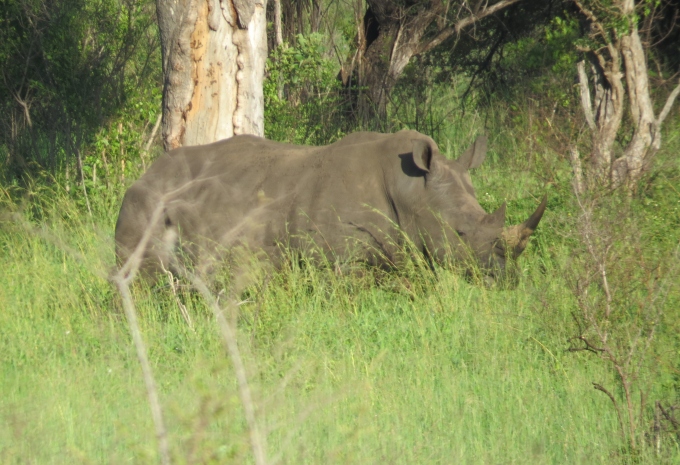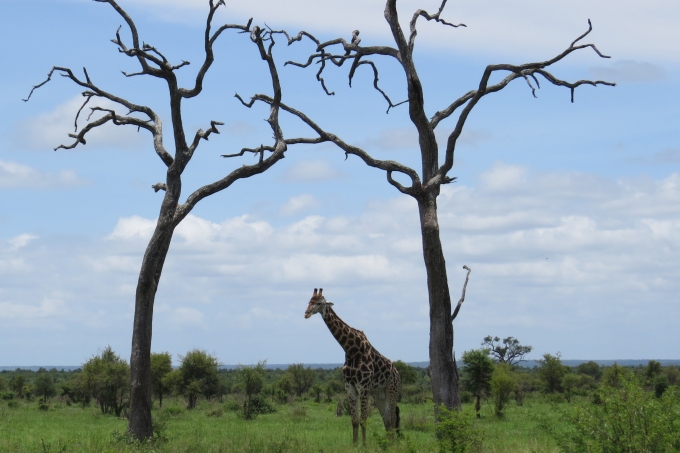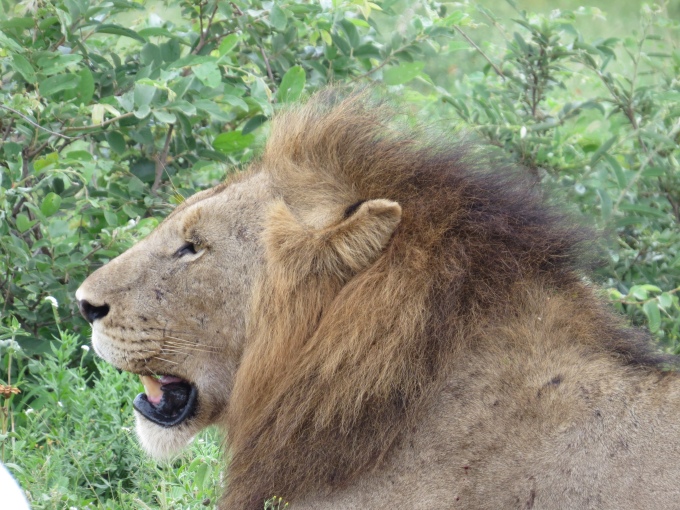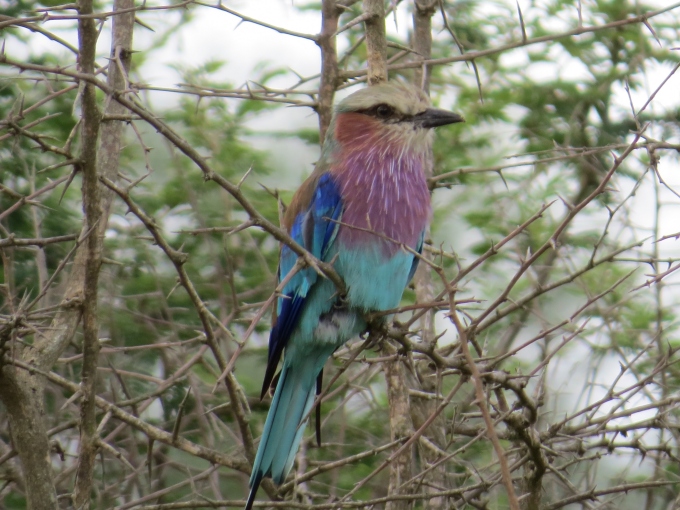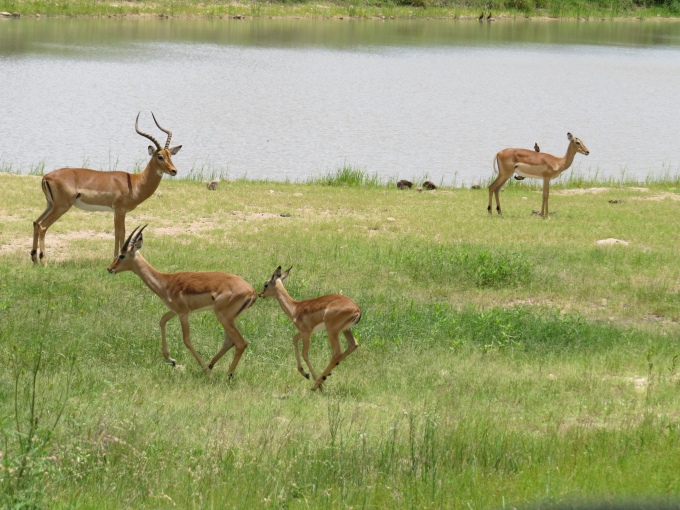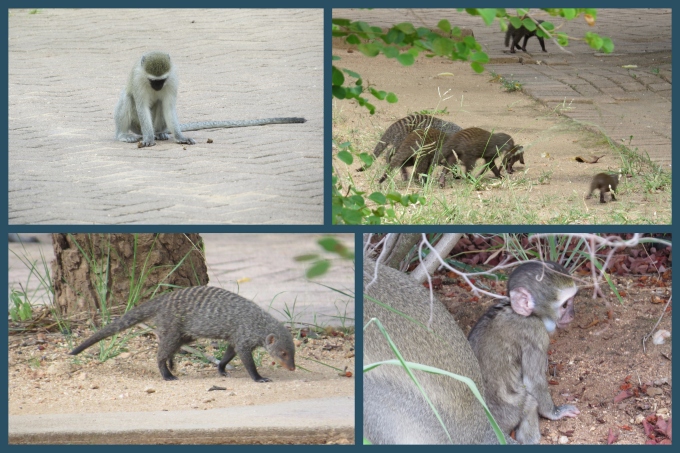Searching for the Big Five at Kruger National Park
/When visiting game parks, we've found that even if we travel the same roads, there's something new to be seen each day. Our third day in Kruger proved to be the most exciting. We were up and checked out of our hut by 0530. It had rained hard during the night and the morning was overcast and cool. It was our last day in the park,and we were hoping to spot some new animals, though honestly, we never tire of zebras and giraffes. Our luck was good. We had barely cleared the Skukuza Camp gates when three spotted hyena trotted out of the bush beside the car. They seemed undaunted by our presence and went about their business. The threesome were apparently searching for a breakfast opportunity or perhaps a place for a snooze after a tiring night of hunting. We were surprised by their size ... and their bad posture.
A short distance down the road, giraffes, about ten of them, popped into view above the trees, actually eating the tops of the trees affording us a better view. Helmeted guinea fowl scurried along the side the road and a small herd of impala loped gracefully alongside us, the young calves kicking up their heels and jumping high in apparent joy as they ran.
Everyone who visits an African game park, even locals, hope to spot the Big Five: elephant, buffalo, rhino, lion and leopard. The first three are almost guaranteed, and though lions are a bit more scarce, there's a good chance of seeing them as well. All four of these animals are diurnal and easy to spot. The leopard, however, is a nocturnal hunter, secretive and elusive, especially during the day. We'd spotted four of the Big Five in Kruger, but had little hope of seeing a leopard on our last day.
We noted a couple of cars stopped beside the road with a view of the Sabie River. David spotted a freshly killed impala in the crook of a large tree, the night's work of a leopard.
Surely the leopard was close by. We had an outstanding vantage point and plenty of time. David shut off the engine and we waited. More and more cars stopped . Some waited for a few minutes and left. About a half hour into our vigil, David spotted some slight movement in a grassy thicket near the river's edge. The leopard approached warily and settled down on the sand. We had an obscured view, but good enough for a photo ... definitely the leopard. Wow!
Cars came and went. Safari trucks, full of tourists with mega-telephoto lenses extending out the windows, stopped briefly, but they had schedules to keep, of course, and moved on.
We waited and chatted quietly. I wrote for awhile. We reasoned that the leopard would eventually be hungry enough to return to its prey. We watched a yellow-billed kite land and eye the situation. He inched closer and closer. Perhaps, he saw the leopard, because he flew away suddenly.
We hoped the leopard would return before our bladders gave out. He didn't. We drove up the road a few miles for a pee break and returned to see all the same cars still waiting. It was after 10am, the chances of the leopard returning in the sunshine, so long after the kill, weren't good. We moved on.
We crossed the Sabie River on a causeway thick with baboons. They were in front of us and behind us. They were everywhere. We dared not open the window as they approached us from all directions.
We watched in fascination as the females brazenly walked out right in front of us, babies riding on their backs.
As we cleared the causeway, there was an all-out traffic jam, as the baboons mingled with a huge herd of impalas. This was a traffic jam we didn't complain about.
We made our way south to the Lower Sabie Camp, then slowly west in the park heading for the Numbi Gate. The day remained cool and overcast and our luck with spotting animals continued. A beached hippo waddled up from the river and lay in the sand.
We spotted a curiosity of dwarf mongooses (another fine collective noun) on a gravel road and took a few minutes to watch them. They were busy little guys, traipsing back and forth in front of us. Their whistling reminded us a bit of prairie dogs in Colorado. So how come it's mongooses and not mongeese? Just wondering.
Though we'd seen all types of antelopes … impala, kudu, waterbuck, steenbok and nyala … we'd yet to see a klipspringer, and then of course, one appeared and posed ever so patiently for photos.
More elephants, more buffalos, more giraffes, more zebras … they all came out to bid us farewell. We approached the Numbi exit gate with reluctance. Though it would be great to linger in Kruger for awhile longer, it was time to start thinking of heading back to Nine of Cups.
It'll take a couple of days to get home. You know us, we're not fast travelers. Join us tomorrow as we head to a Ndebele cultural village.
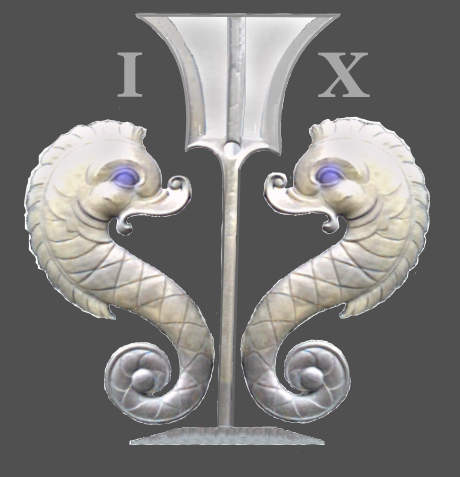















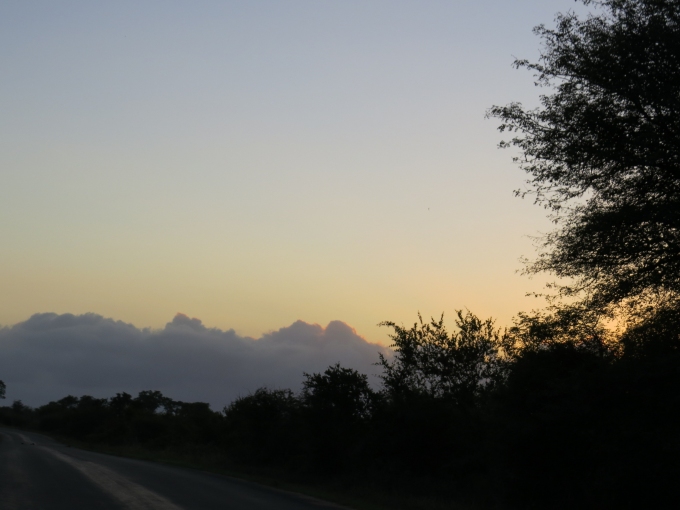
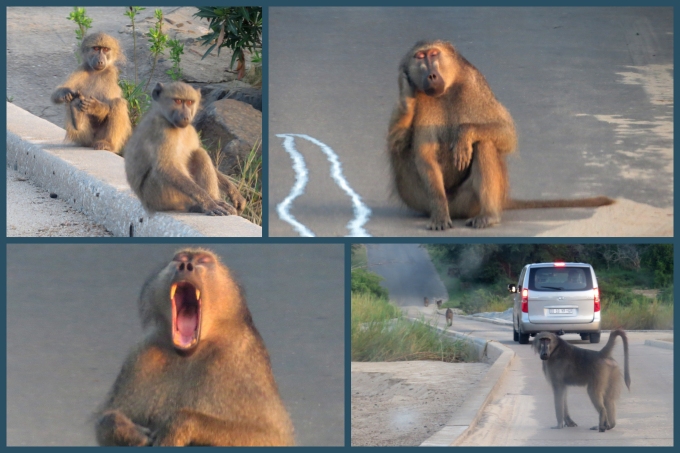
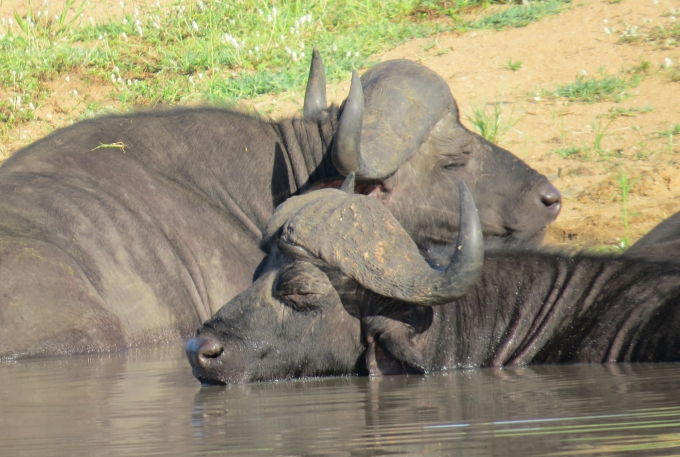
 , at the Skukuza camp store and it proved to be quite helpful. It described all the eco-zones in the park, as well as indicating what animals we were apt to find in each one. It also provided several color photos of the area and identified animals and plants ... from umbrella acacia to jacanas to jackals. We had an African bird book and our Lonely Planet South Africa along with us, too.
, at the Skukuza camp store and it proved to be quite helpful. It described all the eco-zones in the park, as well as indicating what animals we were apt to find in each one. It also provided several color photos of the area and identified animals and plants ... from umbrella acacia to jacanas to jackals. We had an African bird book and our Lonely Planet South Africa along with us, too.


